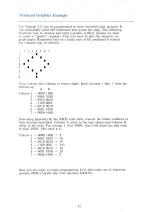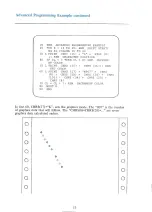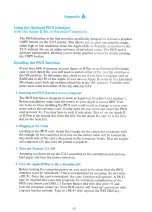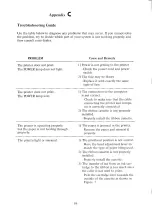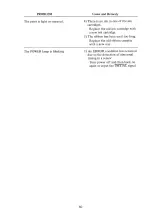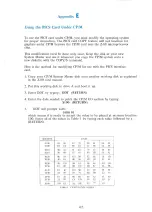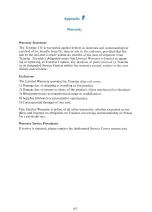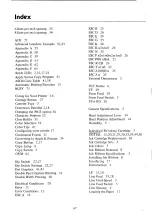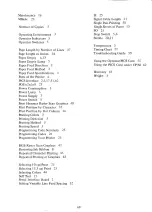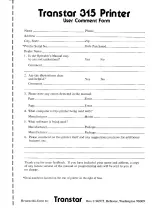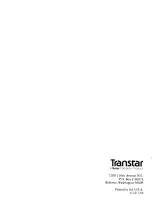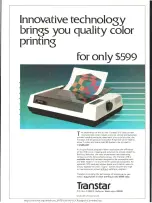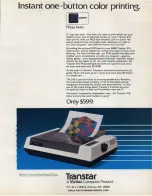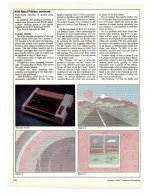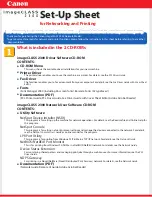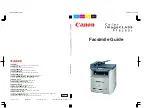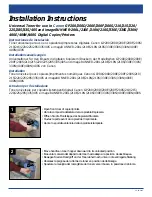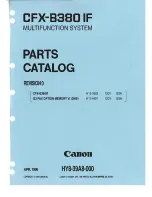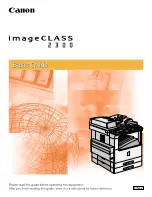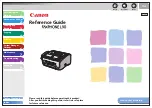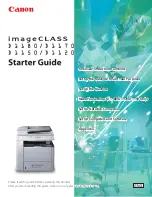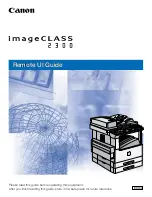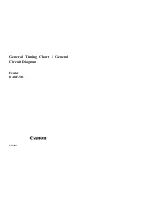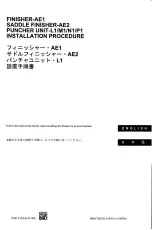
Glossary
Bit
--
a
binary
digit
(a
1
or
O in
binary
notation).
Buffer
-
a
RAM
chip
that
temporarily
holds
data
received
from
the
host
computer
until
the
printer
can
actually
them.
Usually
works
on
a
first-in,
first
out
(FIFO)
sequence.
Byte
—
a
group
of
adjacent
binary
digits (bits)
operated
on
by
the
computer
as
a
unit.
The
most
common
size
byte
contains
8 bits.
Carriage
return
—
the
movement
of
the
printhead
to
the
starting
position
of
the
next
line
(usually
position
‘0’).
Control
code
—
information
sent
to
the
printer
by
the
computer
to
alter
a
function.
Control
signal
—
signals
between
the
computer
and
printer
that
regulate
the
operation
of the
printer.
CPI
-
characters
per
inch.
Ten
cpi
type
are
referred
to
as
Pica;
12
cpi
refers
to
elite.
CPU
-
central
processing
unit.
The
central
processor
that
controls
all
of
the
printer’s
functions.
ESC
sequence
--
a
software
code, ESC,
followed
by
a
sequence
that
is
sent
to
the
printer
to
alter
the
special
functions.
Form
feed
--
the
movement
of
paper
up
a
set
amount
of
lines,
usually
to
the
next
page
or
Top
of
Form.
Friction
feed
--
a
mechanism
for
moving
paper
around
the
platen
by pressing
it
between
two
rubber
rollers.
Similar
to
the
function
of
a
typewriter.
LPI
-
lines
per
inch.
The
number
of
printable
lines
in
a
vertical
inch.
Line
feed
-
the
movement
of
paper
one
line
or
the
amount
of
space
set
by
ESC
T
nino.
Parallel
interface
--
a
type
of
interface
in
which
all
bits
of
data
in
a
given
byte
are
transmitted
simultaneously,
using
a
separate
data
line
for
each
bit.
Serial
interface
--
a
type
of
interface
in
which
bits
are
transmitted
sequen-
tially
(one
after
another),
rather
than
all
at
one
time
as
in
parallel
interfacing.
Tractor
feed
-
a
mechanism
that
pulls
continuous
form
paper
through
the
printer
in
a
controlled
manner,
minimizing
slippage
and
misalignment.
The
paper
is
pulled
through
the
tractors
by
means
of
guide
holes
on
both
edges.
66

